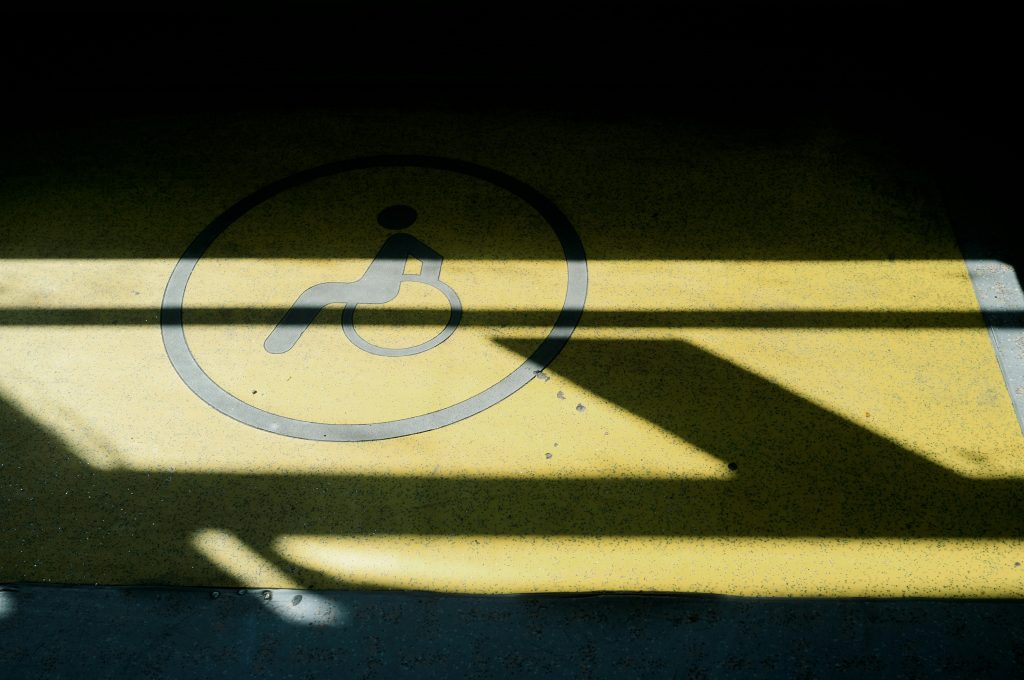Did you know the sunflower is a discreet symbol of invisible disabilities?
For many, disclosing a disability at work feels like stepping into unknown territory. Even though disability is a part of life for millions, the fear of being judged, misunderstood, or treated differently keeps people from being fully authentic about who they are. This hesitation doesn’t just affect individuals—it skews workplace data, hiding the real experiences of employees with disabilities and making it harder for organisations to create truly inclusive environments.
The Disability Paradox
The Disability Paradox refers to the gap between how non-disabled people view the quality of life of those with disabilities and how disabled people perceive their own lives. This disconnect helps explain why many employees are reluctant to disclose their disabilities. Non-disabled individuals often assume that living with a disability means living a life full of hardship or limitation. However, many people with disabilities adapt to their circumstances and report a higher quality of life than others might expect.
This difference in perception matters in the workplace.
Employees with disabilities who rate their own lives as fulfilling or ‘normal’ may not identify as “disabled” in the conventional sense. For instance, someone with hearing loss or a chronic health condition may feel that their disability doesn’t define them or limit their quality of life. As a result, they may avoid disclosing their disability when filling out workplace surveys. In their view, the term “disability” might not align with their lived experience.
When employees don’t identify with labels tied to societal misconceptions, it creates gaps in the data. Many people with disabilities either choose not to disclose because they don’t see themselves as part of the category, or they fear being unfairly judged by the stigmas associated with disability.
Stigma, bureaucracy, and fear of discrimination
The stigma attached to disability can have long-lasting effects on people’s decisions to disclose their status, even outside the workplace.
For example, a student in Kerala, who was progressively losing her eyesight due to juvenile rheumatoid arthritis, found herself needing a disability certificate to access accommodations for her university exams. Despite meeting the criteria, a medical officer at the district hospital expressed skepticism about granting her the certificate, citing assumptions that people often seek disability certification solely for employment benefits. The student’s parents were initially hesitant about her getting the certificate, fearing the stigma associated with being officially labeled as disabled.
This reflects the deeper challenges people with disabilities face when navigating social systems. Beyond stigma, the bureaucratic process of proving one’s disability and facing doubts about the legitimacy of their condition can discourage people from openly identifying as disabled.
In the workplace, similar challenges arise.
Research shows that individuals with invisible disabilities—those not immediately apparent—often think more carefully about whether to disclose, as their experiences depend heavily on the attitudes of their colleagues and employers. Fear of being underestimated, losing opportunities, or encountering hostility can deter disclosure, especially in environments where disability-friendly cultures are lacking.
Organisational culture and the decision to disclose
The decision to disclose is strongly influenced by organisational culture. Employees are more likely to disclose their disabilities when they feel confident that their workplace will support them and provide equitable accommodations. Factors like the severity and visibility of the disability, the type of employment (e.g., full-time vs. part-time), and the attitudes of colleagues and employers play significant roles.
For instance, participants in studies have noted that workplaces with inclusive and unbiased peers made them feel more comfortable sharing their disability status. Conversely, they were less likely to disclose in environments where colleagues displayed hostility or negative attitudes toward disability. Organisations that actively foster disability-friendly cultures— by promoting accessibility and reducing discrimination—encourage disclosure, leading to better data accuracy and inclusivity.
Data accuracy and the broader implications
The reluctance to disclose disabilities has significant implications for data accuracy. Self-ID processes and workplace surveys depend on employees voluntarily identifying their disabilities. But when many employees choose not to disclose, the resulting data paints an incomplete picture. This underreporting makes it harder for organisations to assess their progress toward inclusivity or understand the barriers faced by employees with disabilities.
Accurate data is critical for creating meaningful change. For instance, during the COVID-19 pandemic, assumptions about quality of life for people with disabilities influenced how medical resources were allocated, often to their disadvantage. Similarly, in workplaces, flawed data can lead to policies that overlook the needs of employees with disabilities, perpetuating systemic inequalities.
What can you do to address the disclosure gap?
To address these challenges, organisations must adopt a holistic approach to create trust and encourage disclosure:
- Create disability-friendly environments where employees feel confident in their ability to handle potential prejudice or disadvantages
- Understand that the severity and visibility of a disability can influence disclosure. Invisible disabilities require even greater sensitivity, as individuals may hesitate to disclose due to fear of being doubted or judged.
- Train colleagues and leaders to foster unbiased and supportive attitudes toward disability. Employees are more likely to disclose if they see evidence of inclusivity in their workplace relationships.
- Consider how employment types (full-time, part-time, or contractual) affect disclosure decisions. Employees in more precarious roles may be less willing to disclose due to fears of losing their jobs.
- Remove unnecessary barriers to disclosure or accommodation, both within and outside the workplace
Creating a workplace where employees feel safe disclosing their disabilities begins with understanding why being honest can feel risky. Without open and accurate disclosure, organisations miss the opportunity to gather crucial information, which is essential for developing fair and effective solutions that address everyone’s needs.


